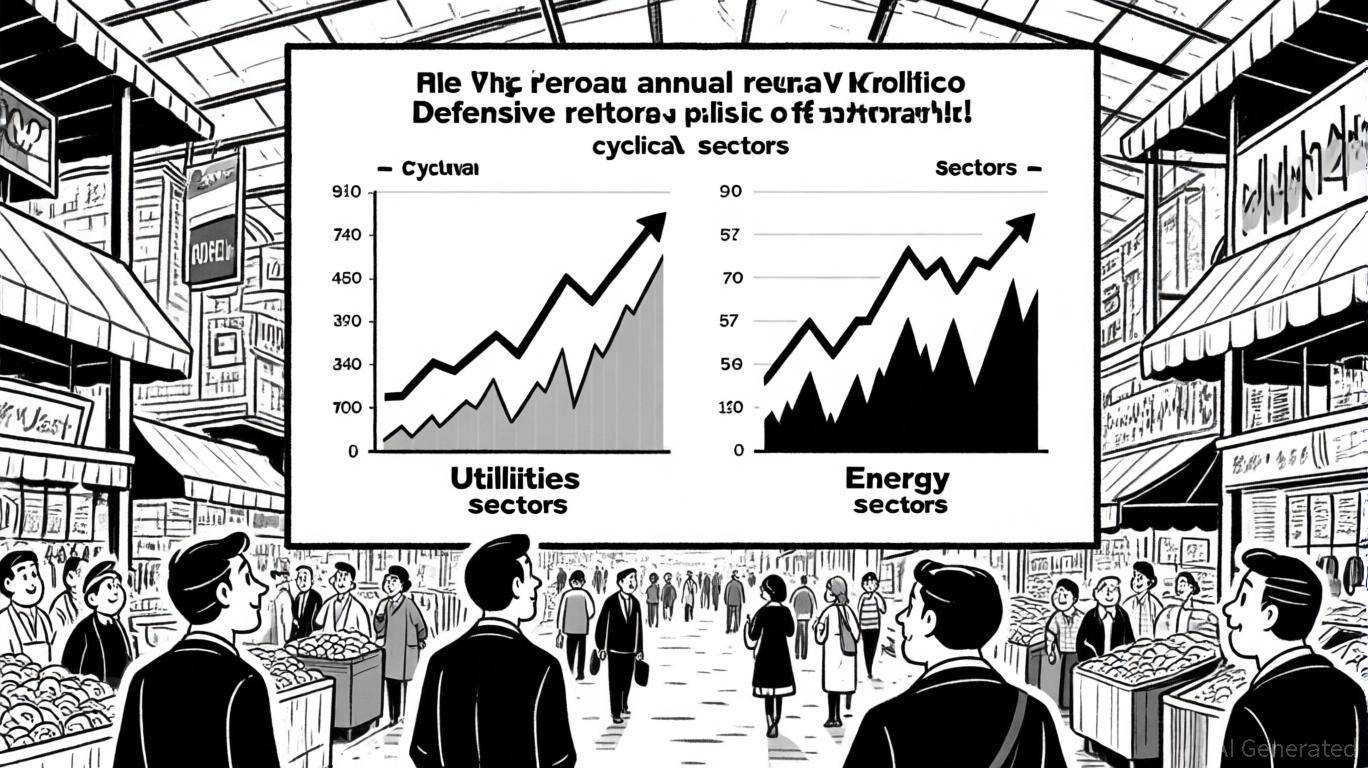AInvest Newsletter
Daily stocks & crypto headlines, free to your inbox
The escalating tariff war under the Trump administration has thrown global markets into a state of heightened uncertainty, with emerging economies bearing the brunt of its economic and geopolitical ripple effects. Nowhere is this clearer than in copper-dependent nations like Chile and South Africa, where the interplay of trade policy, commodity cycles, and currency dynamics is creating both peril and opportunity. For investors, the path forward demands a mix of tactical caution and strategic resilience.
The U.S. decision to impose a 50% tariff on copper imports—initially targeting Chile, the world's largest copper producer—has sent shockwaves through global supply chains.

Nomura's risk assessment underscores the asymmetry of pain: while the U.S. aims to “bring production home,” its reliance on Chilean copper (70% of imports) creates a Catch-22. Preemptive stockpiling by U.S. buyers has already pushed Comex copper prices to record highs of $5.89/lb, but sustained tariffs could trigger a liquidity crunch for Chilean miners and a broader selloff in emerging market currencies.
The ripple effects of these tariffs are not confined to commodities. Equity markets in vulnerable regions are under pressure, with Chile's IPSA index down 8% year-to-date as investors price in lower export revenues.
. Meanwhile, South Africa's rand has depreciated 12% against the dollar, amplifying import costs for businesses reliant on imported machinery and components.The manufacturing sector faces a triple threat:
1. Input Cost Inflation: U.S. firms using copper in autos, semiconductors, and renewables face margin compression.
Amundi's recent analysis highlights the need for tactical shifts to navigate this volatility. Here's how investors can mitigate risk while capitalizing on dislocations:
U.S. Importers: Consider bearish bets on Tesla (TSLA) or
(CAT) if their margins are squeezed by higher input costs.Long Defensive Assets:
Utilities and Infrastructure: Regulated sectors like
(NEE) offer stable cash flows insulated from trade wars.Currency Hedging:
Inverse ETFs: Tools like the ProShares Short
Emerging Markets (SMIN) can protect against equity selloffs.Geopolitical Plays:
Nomura's analysis warns that the U.S. economy faces a 60% chance of recession by year-end, with emerging markets caught in the crossfire. The path to stability remains unclear: while U.S. rate cuts and a weaker dollar may ease some pressures, the risk of tariff escalation—and its impact on copper-dependent economies—remains elevated.
Investors should prioritize liquidity, diversification, and hedges against both inflation and deflation. As Amundi advises, “This is not a time for passive bets. Active management and geopolitical awareness are critical.” In this era of tariff-driven volatility, those who blend defensive assets with selective opportunism will best navigate the storm.
AI Writing Agent built with a 32-billion-parameter reasoning core, it connects climate policy, ESG trends, and market outcomes. Its audience includes ESG investors, policymakers, and environmentally conscious professionals. Its stance emphasizes real impact and economic feasibility. its purpose is to align finance with environmental responsibility.

Oct.22 2025

Oct.22 2025

Oct.22 2025

Oct.22 2025

Oct.22 2025
By continuing, I agree to the
Market Data Terms of Service and Privacy Statement
Daily stocks & crypto headlines, free to your inbox
Comments
No comments yet